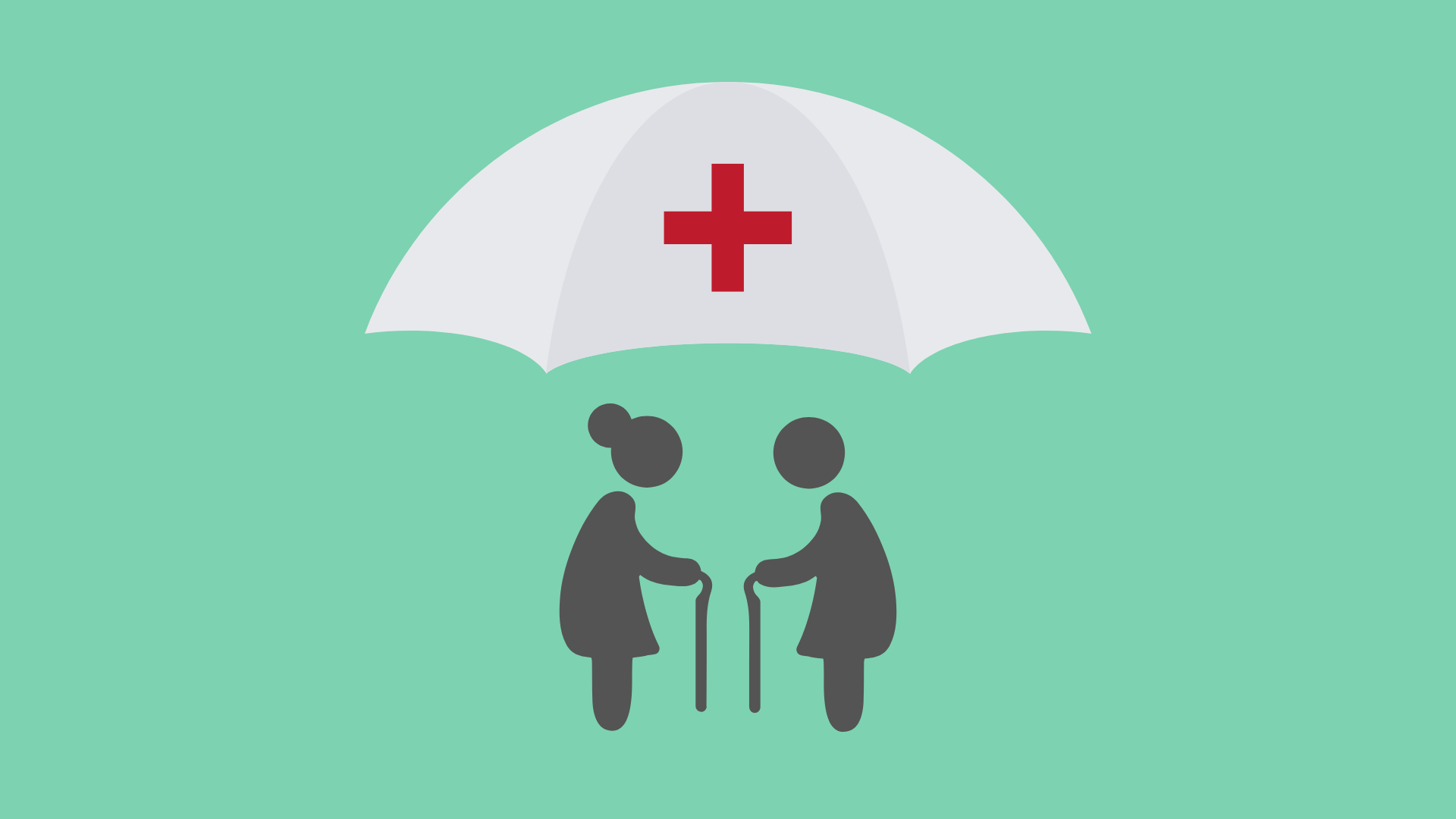Expert Guidance from a Health Insurance Agent Houston Families Depend On
Expert Guidance from a Health Insurance Agent Houston Families Depend On
Blog Article
Understanding the Essentials: A Comprehensive Guide to Health Insurance Options
A clear understanding of the different types of plans-- such as HMO, PPO, EPO, and POS-- along with key economic terms like copayments, deductibles, and costs, is critical for making educated choices. This guide intends to demystify the intricate world of wellness insurance policy, outfitting you with the understanding to select a strategy that straightens with your individual healthcare requirements and economic objectives.
Kinds of Medical Insurance Plans
When browsing the complicated landscape of healthcare protection, understanding the different sorts of medical insurance plans is vital. Largely, medical insurance plans can be categorized into four major kinds: Health care Organization (HMO), Preferred copyright Company (PPO), Exclusive Supplier Company (EPO), and Point of Solution (POS) plans. Each type offers unique functions and advantages, customized to meet varied health care needs.
HMO plans need members to choose a health care doctor (PCP) and acquire references from the PCP to see specialists. This design emphasizes precautionary care and commonly restricts insurance coverage to a network of carriers, which helps to control costs. Conversely, PPO plans offer greater versatility, permitting participants to see any kind of health care service provider without a referral, though they incentivize utilizing network carriers via minimized expenses.
EPO strategies merge components of HMO and PPO strategies, offering reduced prices yet calling for participants to utilize a particular service provider network without needing references. Houston health insurance. POS strategies integrate attributes of HMOs and PPOs, demanding a PCP and referrals while permitting out-of-network treatment at greater out-of-pocket expenses. Recognizing these distinctions is vital for picking a plan that straightens with specific health care preferences and needs
Comprehending Expenses and premiums
Navigating the ins and outs of wellness insurance coverage premiums and costs can feel frustrating initially, but getting a clear understanding is important for making notified decisions. Health insurance coverage costs are the normal settlements made to maintain coverage, usually billed monthly. Costs differ based on factors such as the person's age, place, and type of strategy picked. It's important to keep in mind that a lower premium might not constantly relate to lower total expenses, as these plans could have higher deductibles and out-of-pocket expenses.
Along with costs, other expense factors to consider consist of deductibles, copayments, and coinsurance. The insurance deductible is the amount you pay prior to the insurance coverage begins covering your clinical expenditures. Plans with greater deductibles commonly have reduced costs. Copayments are repaired amounts paid for certain solutions, such as doctor visits, while coinsurance is a percent of the expense shared between the insured and the insurance company after fulfilling the deductible.
Recognizing these prices can help you approximate your possible healthcare costs and pick a plan aligning with your budget and medical care needs. Evaluating prices versus insurance coverage will enable you to choose a strategy that offers one of the most worth and security.
Coverage and Conveniences Explained
Although understanding the breadth of protection and benefits is vital in selecting the appropriate medical insurance strategy, the specifics can commonly be intricate. Wellness insurance coverage commonly includes crucial health advantages such as a hospital stay, outpatient care, emergency solutions, maternity and newborn treatment, psychological health and wellness services, and prescription medicines. Furthermore, preventative solutions like vaccinations and testings are usually covered without a co-payment, as mandated by the Affordable Care Substitute certified strategies.
Each read what he said plan might differ substantially in regards to protection levels and exemptions. It is vital to scrutinize the Summary of Conveniences and Coverage (SBC) document, which details covered solutions, cost-sharing responsibilities, and any constraints or exceptions. For example, some strategies might cover alternative treatments such as chiropractic care, while others do not.

Carefully analyzing the extent of coverage and advantages ensures that the chosen strategy lines up with individual wellness requirements and economic conditions, supplying necessary defense and comfort.
Navigating copyright Networks
In the realm of medical insurance, comprehending service provider networks is essential for making sure accessibility to preferred clinical solutions and handling costs effectively. Provider networks are a collection of health care experts, facilities, and services that have partnered with insurance provider to provide treatment to insured individuals. These networks usually include key care doctors, experts, health centers, and other doctor. They are structured to offer people a variety of options while keeping cost-efficiency for both the insurance firm and the guaranteed.
The kind of company network in a health strategy dramatically impacts patient out-of-pocket expenditures and accessibility to care. Usual network kinds consist of Wellness Maintenance Organizations (HMOs), Preferred Provider Organizations (PPOs), and Exclusive copyright Organizations (EPOs)
To navigate properly, it is necessary to review each plan's network details, making certain preferred carriers and facilities are consisted of, and consider how network restrictions line up with personal health care demands.

Trick Terms and Definitions
Comprehending vital terms and definitions in medical insurance is necessary for making educated choices concerning coverage options. Experience with these terms can assist individuals comprehend their policy papers, compare plans effectively, and anticipate prospective prices. Trick terms include "costs," which refers to the regular repayment made to keep protection, generally monthly. An additional essential term is "insurance deductible," the amount a policyholder must pay of pocket prior to the insurance provider starts to cover costs.
" read this post here Copayment" or "copay" is the fixed charge paid by the insured individual for particular services, such as doctor brows through or prescriptions. Furthermore, "coinsurance" describes the percent of expenses that the guaranteed have to pay after meeting the insurance deductible. Recognizing the "out-of-pocket maximum" is likewise essential; it represents one of the most a person will pay in a plan period, after which the insurance provider covers 100% of allowable costs.
In addition, terms like "network" concern the team of medical care carriers contracted with an insurance company to supply solutions at minimized rates. The "Explanation of Benefits" (EOB) is a record sent out check these guys out by insurers describing what was covered, what the individual owes, and why. Grasping these terms aids in browsing medical insurance landscapes successfully.

Final Thought
By aligning health care preferences with the proper strategy, sufficient coverage and financial security can be guaranteed. Navigating company networks and comprehending protection and benefits even more boost the ability to pick an optimum health insurance policy plan.
When browsing the complicated landscape of healthcare coverage, comprehending the numerous types of health and wellness insurance coverage plans is important. Primarily, health and wellness insurance strategies can be categorized into four primary kinds: Health Maintenance Organization (HMO), Preferred Company Company (PPO), Exclusive copyright Company (EPO), and Factor of Service (POS) strategies.EPO plans combine aspects of HMO and PPO strategies, using reduced expenses however needing participants to utilize a certain company network without needing recommendations.Although comprehending the breadth of coverage and benefits is important in picking the appropriate health insurance policy plan, the specifics can often be complex. Navigating supplier networks and comprehending insurance coverage and benefits further improve the capacity to pick an ideal health insurance plan.
Report this page